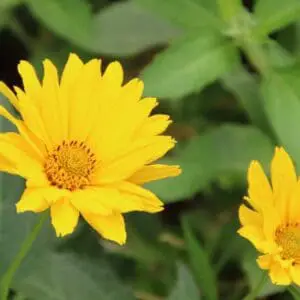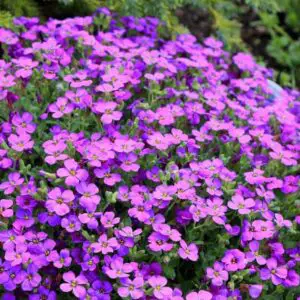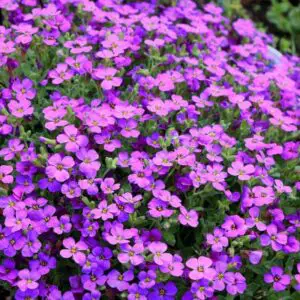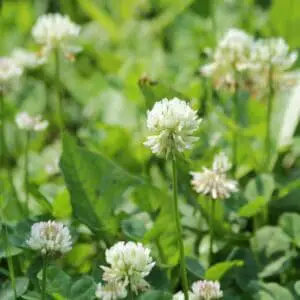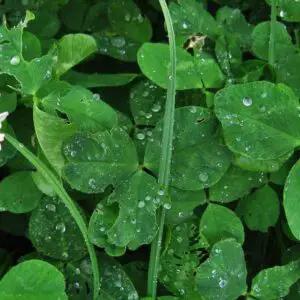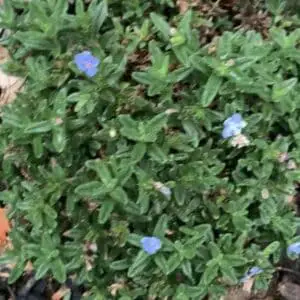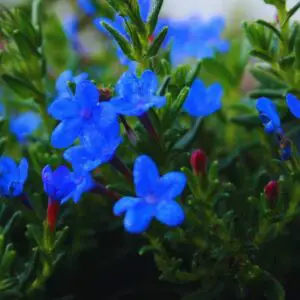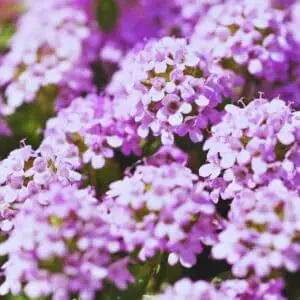Coreopsis is one of the most colorful yet easy-to-grow flowers. There are more than 80 coreopsis species and almost half of them are native to North America. Others are native to South and Central America. This flower is also known as tickseed in the United States.
While coreopsis is very easy to grow, deer-resistant, and blooms without extra care, in some situations it doesn’t bloom as it should. If your coreopsis is not blooming and you are looking for ways to fix it, then this article is for you.
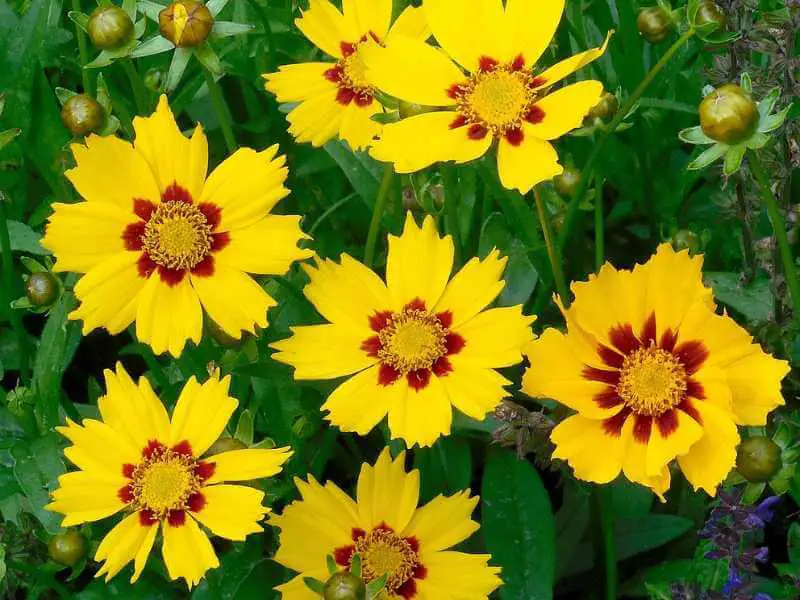
Table of Contents
Featured post
Is Coreopsis Deer and Rabbit Resistant?
Coreopsis is a genus of flowering plants. This genus contains about 80 different species. Coreopsis …
What months does coreopsis bloom?
Coreopsis starts blooming in June and it will last until September. In other words, summer to fall.
So, if your coreopsis plants don’t bloom, first check if you’re in the season. If you’re in the season and they still haven’t started blooming, then it might be some other problem.
Does coreopsis bloom every year?
Coreopsis can bloom every year depending on the variety. Some coreopsis varieties are annuals and some are perennials. Annuals only flower in one season while perennial varieties bloom every year even for a decade (Rhizomic coreopsis can live a long time and can be invasive).
Usually, annual coreopsis varieties have a wider color range. On the other hand, perennial varieties have mostly yellowish flowers.
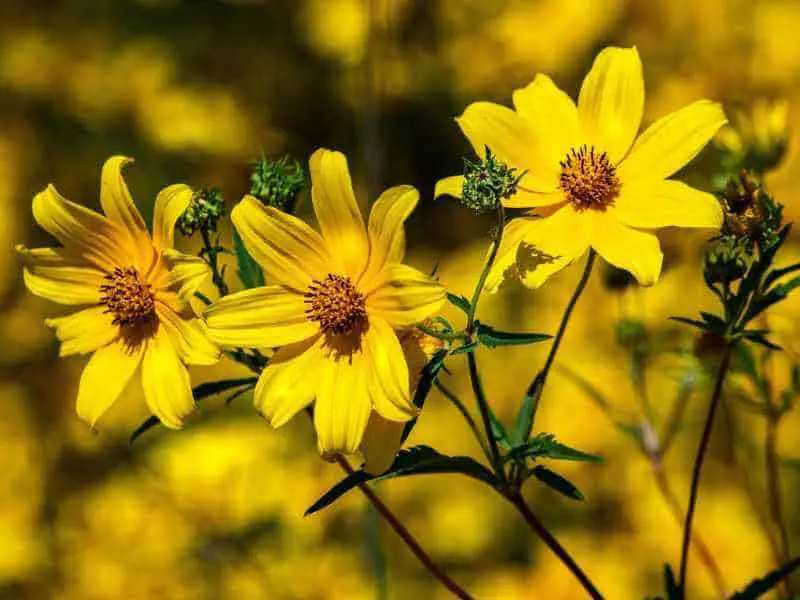
Why is my coreopsis not blooming?
There are a few things that can affect coreopsis blooming. These causes range from environmental conditions to fertilizers to diseases. This article will explain all the common reasons that cause coreopsis to not bloom and ways to fix them.
1. Not getting enough sunlight
This is probably the number one reason why your coreopsis is not blooming. Coreopsis is a sun-loving plant and it needs full sun exposure to thrive. That’s 6 to 8 hours of direct sunlight. So, make sure that your coreopsis plants are planted under full sun. If you are growing them in containers, move them to a sunny spot.
2. Planted in poor soil
While coreopsis doesn’t complain about the soil, it can be a reason for insufficient flowering. Coreopsis likes PH-neutral sandy or loamy soil. However, the most important factor in the soil is drainage.
Coreopsis thrives in well-draining soil. If the soil is clayish and keeps wet all the time, coreopsis will not grow well and most certainly won’t bloom. However, it is easy to fix the soil. Adding river sand or perlite and compost can increase the drainage that is suitable for coreopsis.
3. Problems with watering
Coreopsis needs regular watering in hot weather. These plants are drought-tolerant once established. However, to increase the production of flowers, it is recommended that you water them when the soil is dry. Deep watering once a week is enough in most cases to keep the roots well moist. Also, watering in the morning is important so that leaves can dry out easily, reducing the risks of fungal diseases.
4. Too many nutrients in the soil
Coreopsis can tolerate a lot of soils. It usually doesn’t complain about the soil. If the soil is rich in nutrients, it can in fact reduce the chances of blooming. This happens especially if the soil has too much nitrogen in it.
Nitrogen promotes foliage growth. So, you will end up with a plant that has too many leaves but flowers.
5. It is too cold
Coreopsis loves warm temperatures. They thrive between 70 to 80 degrees Fahrenheit (21 – 27 degrees Celsius). This range of temperature is required for blooming. You can bring the plants indoors (if they are potted) if it is too cold.
You can’t really control the temperatures, so only grow coreopsis if your summer temperatures reach at least 60 degrees Fahrenheit.
6. Plants are diseased
This is also a possibility, but less likely. Coreopsis is usually disease-free. However, in wet and damp conditions, fungal diseases can infect coreopsis. Use fungicides only if it is a serious problem.
Having good air circulation can prevent these diseases from spreading. So, space them well and only water when necessary.
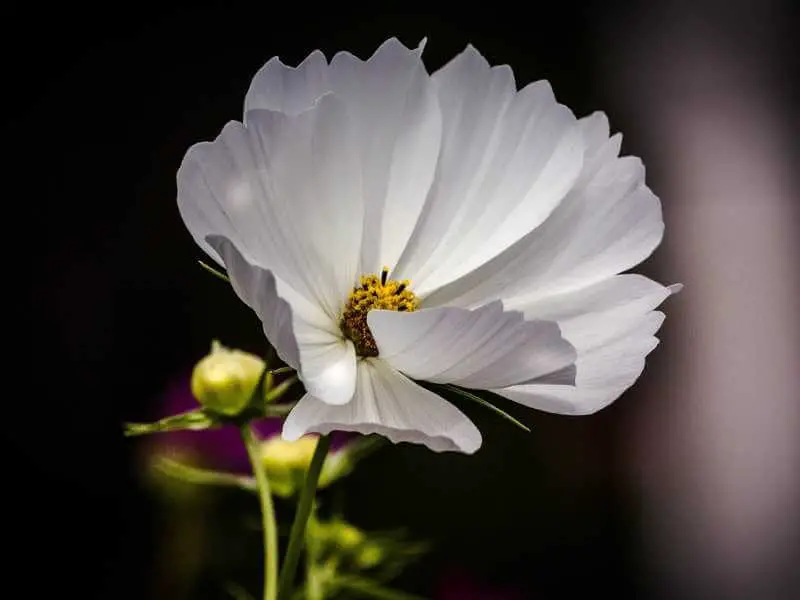
How do you get coreopsis to bloom?
- Plant them in a sunny spot with at least 6 hours of direct sunlight.
- Plant in well-draining soil.
- Deadhead regularly. This is really important for continuous blooming.
- Water only when this soil is dry.
- Keep the plants free of pests and diseases.
- Don’t add extra fertilizers.
How do you keep coreopsis blooming all summer?
Deadheading is the way to keep coreopsis blooming all summer long. Deadheading is the practice of removing dry spent flowers. Doing so will encourage new buds, thus more flowers.
Will coreopsis rebloom if deadheaded?
Yes. Coreopsis will always rebloom when deadheaded. Deadheading increases the production of new flowers.
Please share this article on your social media if it was helpful to you! ❤️????
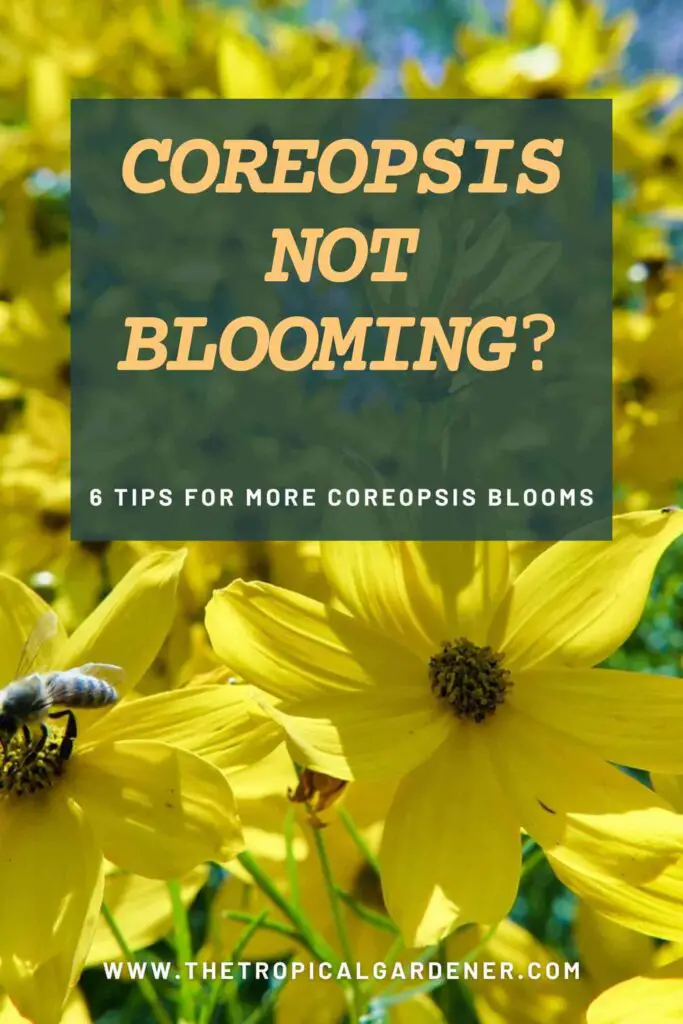
Last update on 2024-04-30 / Affiliate links / Images from Amazon Product Advertising API
